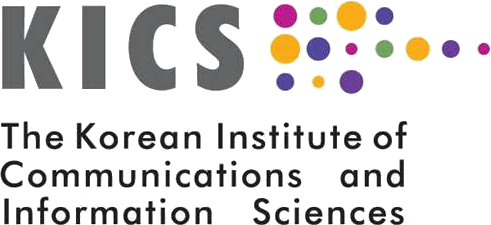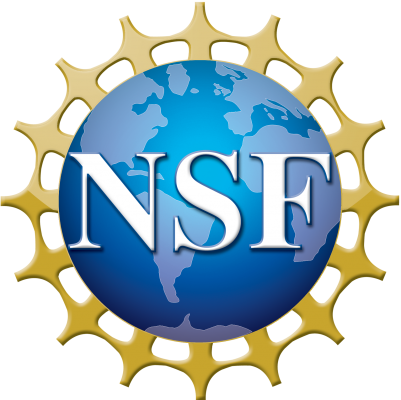Scope
The difficulties in wireless channel modeling are due to the complex propagation processes that form the basis of a wireless channel, involving reflections, scattering, diffraction, and transmission through a large number of irregular objects. For all practical purposes, it is thus necessary to derive simplified descriptions. The degree of admissible simplification, in turn, depends on the system for which the channel is intended. In the past decades, wireless systems have changed dramatically, from narrowband analogue systems, to MIMO wideband digital systems, and the deployment scenarios have expanded from cellular to WiFi, car-to-car, and internet of things. As the systems have evolved, so have the channel models needed for the design and evaluation. For this reason, measurement and modeling of propagation channels has remained a vibrant area, and in particular is important for the evaluation and deployment of 5G systems, and the design of emerging 6G systems.
Topics
Among the aspects that are on the forefront of research, we mention:
• Measurement of Massive MIMO propagation channels: analysis of situations where the channel properties change over the size of the array, requiring high resolution of multipath components in both azimuth and elevation.
• Measurements at high frequencies: measurements at millimeter-wave (30-100 GHz) and in the sub-Terahertz and Terahertz frequency ranges (0.1-1 THz).
• Distributed MIMO measurements: to evaluate the potential of Cooperative MultiPoint (CoMP) and Cloud RAN, measurements of distributed MIMO systems need to be performed.
• Measurements for Internet of Things (IoT): little is known about propagation channels at the frequency bands and deployments for typical IoT nodes, such as in basements.
• Novel measurement techniques: given the challenges in terms of cost, measurement effort, and calibration efforts, new ways of performing channel measurements more effectively are desirable.
• Parameter evaluation methodologies: while high resolution parameter estimation such as MUSIC and SAGE have been used for many years, novel approaches in particular based on Machine Learning are emerging.
• New modeling methods: efforts need to make the clustering of multipath component more reliable and less arbitrary; new channel models that can provide “spatial consistency”, incorporating geographical information of the environment.
• Deterministic prediction methods: ray tracing with more accurate databases and higher computation times for higher-frequency systems is required.
Important Dates
Paper submission due: January 20, 2022 February 3, 2022
Notification of acceptance: March 06, 2022
Camera-ready papers: March 15, 2022
Submission link: https://edas.info/N28800
Webpage link: https://sites.google.com/view/icccovicom2021/home








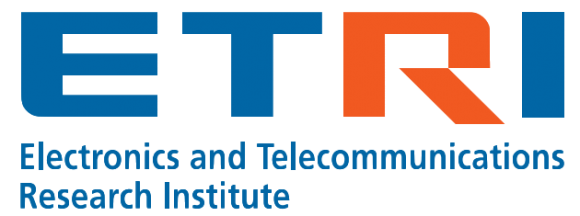
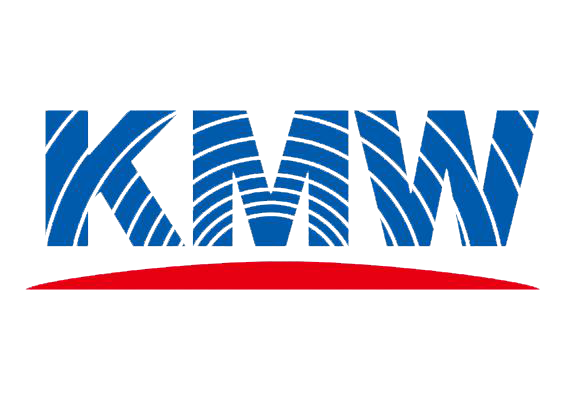

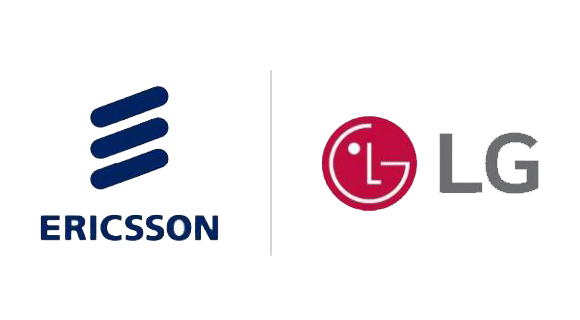


_01.png%3Fitok=vyvEGhfM)




.png%3Fitok=Yj8Y43po)
